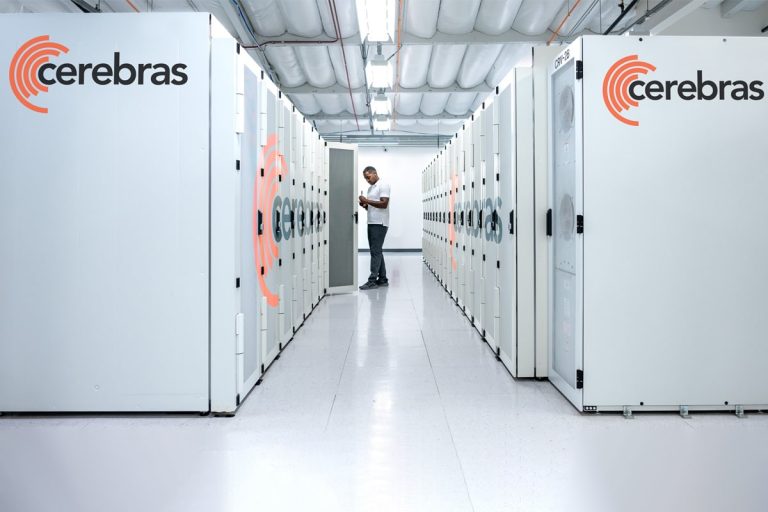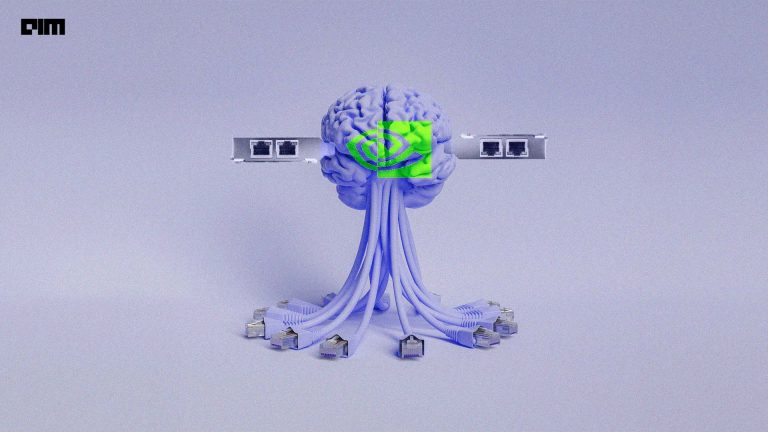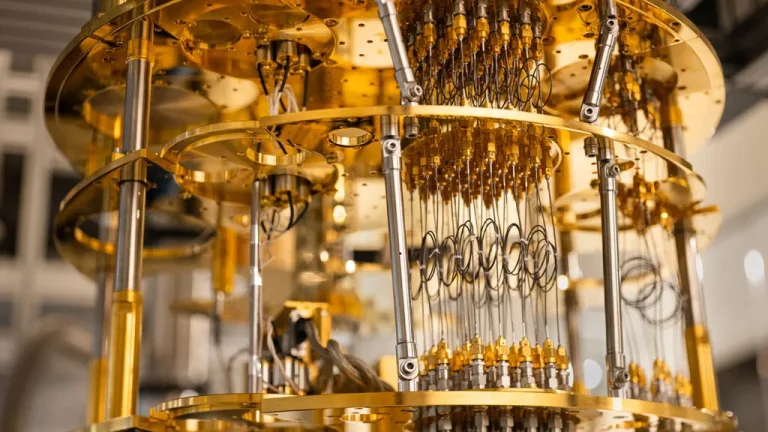The year 2020 saw a lot of exciting innovations and developments around supercomputers across the globe. From researchers claiming to have achieved quantum supremacy to Indian supercomputers being listed in the top 100 — the list is quite long.
We also covered an article on how the world is witnessing a deluge in supercomputers, given the various organisations — big and small — working to achieve notable milestones in the field. In this article, we would wrap up some of the exciting developments that took place around supercomputers in the year 2020.
The list is in no particular order.
Microsoft Announced Supercomputer In Association With OpenAI
In May this year, Microsoft announced that it had built one of the top five publicly disclosed supercomputers in the world to train extensive artificial intelligence models, in partnership with OpenAI. The supercomputer hosted in Azure was explicitly designed to train that company’s AI models. The announcement, which came at its virtual Build developers conference, said that the new supercomputer developed for OpenAI has more than 285,000 CPU cores, 10,000 graphics processing units, and 400 gigabits per second of connectivity for each GPU server.
D-Wave Announced General Availability Of Its Quantum Computer
Canada-based company D-Wave announced the general availability of its quantum computer with 5000 Qubits connectivity. Called Advantage, the company said that it would be made available to customers over the Leap quantum cloud service. The platform incorporates new hardware, software, and tools to enable and accelerate the delivery of in-production quantum computing applications. With more than 5000 qubits it also provides hybrid solver service, which can address big problems.
PsiQuantum Developed Quantum Computers With 1 Million Qubits
The 2015-founded startup PsiQuantum claimed to have developed a 1 million qubits supercomputer which will be more powerful than Google’s supercomputer, which currently has 53 qubits. Based on the concept of photonics, PsiQuantum also raised $215 million from Microsoft. While it is yet to publish academic papers that can be peer-reviewed, the investors have been hopeful of the claim made by the startup. If it achieves its claims, the quantum computer will be faster than some of the supercomputers by leading companies such as IBM, Google and Microsoft.
Honeywell Announced Its Quantum Computer
A relatively new entrant in the quantum computing space, Honeywell in late October announced its new system Model H1. The company stated that it uses trapped-ion technology and features ten fully connected qubits that allow it to reach a quantum volume of 128. That’s higher than similar efforts by IBM, but also well behind than others. A project for which the company partnered with Zapata Computing and Cambridge Quantum Computing will be available to enterprises through the Azure Quantum platform. In the next ten years, Honeywell aims to go from 10 to 40 qubits.
IoNQ Built A Supercomputer
Another startup IonQ announced the launch of its latest quantum computer, based on trapped-ion technology. With 32 qubits, it is one of the powerful supercomputers. The company also stated that it has gate errors low enough to feature a quantum volume of at least 4,000,000. It allows efficient software compilation of a variety of applications, enabling the systems to scale up. The startup said that the new system is the culmination of two decades of academic research, with which they wish to create a quantum computer that outperforms most supercomputers, providing a meaningful impact to customers.
NVIDIA Built The Most Powerful Supercomputer In 3 Weeks
Amid the pandemic, NVIDIA said that they developed an industrial supercomputer that just took three weeks. The mega-system, called Selene, is the world’s seventh-fastest computer. It has its own robot attendant and is driving AI forward in automotive, healthcare and natural-language processing. According to NVIDIA, their team crafted ever-larger clusters of V100-based NVIDIA DGX PODs. The team then assembled large clusters of V100-based NVIDIA DGX-2 systems, called DGX PODs. The company said that the Argonne National Laboratory, outside Chicago, is using a system based on Selene’s DGX SuperPOD design to research ways to stop the coronavirus.
Chinese Researchers Achieved Quantum Supremacy
In one of the latest developments, Chinese researchers claimed that they had achieved quantum supremacy with the capability of performing calculations 100 trillion times faster than the world’s most advanced supercomputer. They claimed that their supercomputer Jiuzhang can perform faster calculations than Google’s Sycamore, a 54-qubit processor, which the tech giant last year claimed to have achieved quantum supremacy. They used light and photons to carry out the experimentation.
AWS Launched Quantum Computing Service
Amazon announced the quantum computing service Braket that helps researchers and developers explore potential applications and evaluate current quantum computing technologies. It is an innovative computing service that lets developers build quantum algorithms and create basic applications which can later be tested in simulations on AWS or other computing hardware from the company’s partners. The company said that Amazon Braket provides access to quantum annealing hardware from D-Wave, and two types of gate-based quantum computers — ion-trap devices from IonQ, and systems built on superconducting qubits from Rigetti.
Xanadu Launched Quantum Cloud Platform
Canada-based quantum computing startup Xanadu announced the launch of a quantum cloud platform that lets developers access Xanadu’s gate-based photonic quantum processors with 8-qubit or 12-qubit chips. The cloud platform will let businesses, developers, and researchers build novel solutions to problems in finance, quantum chemistry, machine learning, and graph analytics. It is to be noted that Xanadu’s quantum processors operate at room temperature and can be integrated into existing fibre optic-based telecommunication infrastructure.
Developers Created Silq New High-level Programming Language For Quantum Computers
Developers from ETH Zurich, Switzerland introduced the first-ever high-level programming language for quantum computers, known as Silq. The language addresses various challenges of quantum languages, such as unintuitive and cluttered code by supporting safe and automatic uncomputation. It is a high-level programming language for quantum computing that is designed to extract from low-level implementation details of quantum algorithms. According to the developers, Silq is the first quantum language with a strong static type system to provide intuitive semantics, i.e. if a program type-checks, its semantics follows an intuitive recipe that drops temporary values.
Another Universal Language, QUA For Quantum Computing Announced
In another development, Tel Aviv-based startup Quantum Machines announced that it had launched a language for supercomputers called QUA, which will be a standard universal language for supercomputers. The startup that builds software and hardware stack for controlling and operating quantum computers said that QUA is the language of the Quantum Orchestration Platform. It further stated that QUA is a pulse-level programming language for quantum devices designed specifically as a universal quantum computing software abstraction layer. The startup claims that QUA is the first-ever programming language designed with the needs of quantum research in mind.
NVIDIA Announced That C-DAC Will Commission India’s Fastest Supercomputer PARAM Siddhi – AI
In October NVIDIA announced that the Centre for Development of Advanced Computing (C-DAC) would commission India’s largest HPC-AI supercomputer — ‘PARAM Siddhi – AI.’ A 210 AI Petaflops machine, PARAM Siddhi is based on the NVIDIA DGX SuperPOD reference architecture. It is connected with NVIDIA Mellanox HDR InfiniBand networking along with indigenously developed HPC-AI engine; Software Frameworks; and cloud platform by C-DAC. It will help in accelerating experiments and outcomes for India-specific grand challenge problems in healthcare, education, energy, cybersecurity, space, automotive and agriculture.
PARAM Siddhi Ranks In Top 100 Most Powerful Supercomputers In The World
The high-performance AI supercomputer achieved 63-position in Top 500 most powerful non-distributed computer systems in the world released in November 2020. The supercomputer which is used in areas such as advanced materials, computational chemistry, astrophysics, drug design and others, has also played a crucial role in accelerating in R&D around COVID-19. It carried out tasks such as faster simulations, medical imaging, genome sequencing and more. With a Rpeak of 5.267 Petaflops and 4.6 Petaflops Rmax, as mentioned above, it was conceived by C-DAC.
IIT Delhi Allocates Supercomputer Resources For COVID-19 Research To Merit-Based Proposals
To help fight COVID, Indian Institute of Technology, Delhi in April, announced to invite proposals from government and academic institutions to use its supercomputer resource PADUM for research pertaining to the disease. Reporting a budget of six crores for six months, the selection was based on the proposals submitted by the institute. As a part of the programme, computational time was provided to them with no cost. The institute said that in these challenging times, sharing resources is crucial to address the crisis in hand.
IIT Mandi Partners With C-DAC To Establish Supercomputing Facilities
In another initiative by Indian Institute of Technology, IIT Mandi signed an MoU with the C-DAC (Centre for Development of Advanced Computing) to establish a supercomputing facility worth ₹17 crores. As a part of the deal, it would set up the facility of 650 TF compute power for research and development activities. In the project, which was coordinated by the Ministry of Electronics and Information Technology (MeitY) and Department of Science and Technology (DST), the supercomputers were made operational for R&D purposes for users at IIT Mandi for four months.



















































































